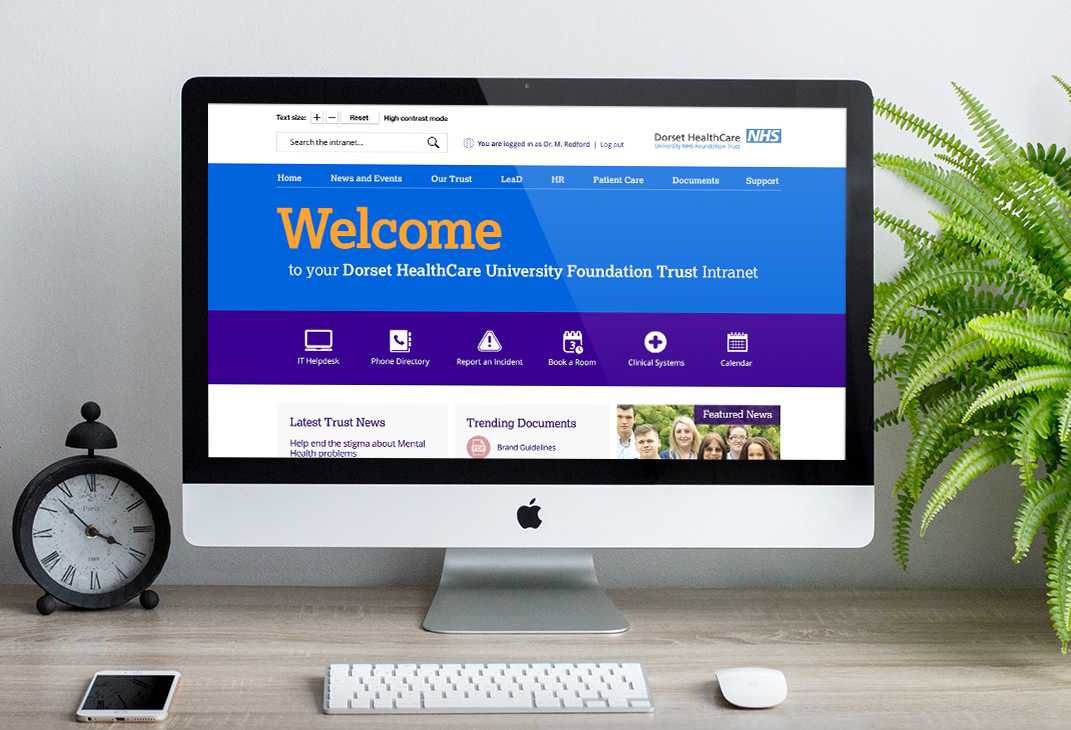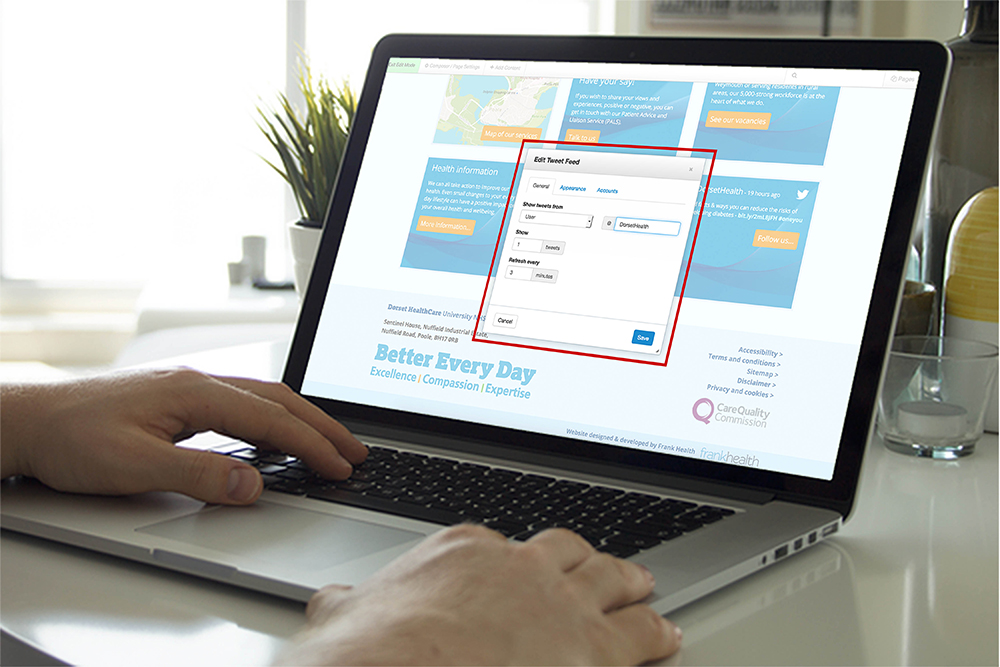Digital platforms are arguably the key communications tool for an NHS organisation; this is becoming increasingly apparent. The advent of smartphones, the ability to access information on the move and the reliance by external stakeholders on this information has, over the last 5 years, become so important that many organisations consider this their primary communications tool.
But what makes a good platform, and what are the obstacles in delivering it for a Trust?

For digital agencies working within the Public Sector (and specifically the health sector), it throws up many challenges that differ significantly from the private sector. Amongst these challenges are firstly engagement and buy in. This is less of an issue within the private sector, where autonomy can rule. But for a communications team orchestrating the delivery of a website, intranet, extranet or combined digital platform, it's essential.
Trusts encompass many different disciplines: Clinical, Nursing, HR, IT and Education to name a few, and all of these teams have specific requirements and input.
Part of the strategy for delivering a successful digital project is engagement, feedback, iteration and more engagement. Ensuring all core user groups are happy with the user experiences, the hierarchy of content, the functionality, their exposure of service and the overall look, feel and identity. As an agency working on projects for NHS organisations every day, we feel the most successful projects happen when honest engagement, feedback and agreement have formed the initial development of the project discovery phase.
A more considered user journey

Alongside engagement, Communications teams have to also consider content. Often at scoping meetings, the issue of aspirational launch dates comes up - and the one thing that is always mentioned is content rationalisation. To completely address the relevance of content, its tone of voice, whether it needs renewal/rewriting or deleting, assigning content approval to specific individuals is a lengthy task, and should not be under estimated. The development of a site should run in conjunction with the content redevelopment, as ultimately 90% of delays on go-live are content related.
In the process of engagement and content review, the one thing that should always remain clear in the aims and objectives of the project is one of the most simple. Can people find what they are actually looking for? Once all the enhanced functionality, innovative design and new interface has been considered, this is fundamentally the most important part of an effective website: users finding information quickly and efficiently.
A lot of our work is around innovative ways for users to find information easily, whether that be using geographical service provision, incorporating intuitive meta data, or using live data on websites to display trending information. Add these innovative functions to simple, effective signposting and the user journey becomes more considered.
There are many considerations for a successful digital project for NHS organisations, but to summarise, the key elements (based on our extensive experience) are quite straightforward:
- Engage with all stakeholders, set up groups and discuss. Buy in will ensure a smoother project. Use an online Project Management tool to help stakeholders collaborate and feel involved.
- Do not overlook the work involved in content review. Run this in parallel with development and use a CMS that allows you to assign responsibility to individual user groups, so that it isn't all dependant on Communications to manage. Set up reminders for content reviews, and in some cases use archiving of pages as incentive for user groups to keep their pages up to date.
- Do not lose sight of what the platform is there for: to deliver information for users. This encompasses a range of content, design and technical aspects - mobile friendly, DDA compliant, well signposted and intuitive search functions, always considering the user journey and what they need to find, aiming to make that process as simple as possible.
The prospect of developing a new Trust or organisation Website, Extranet, Intranet or Combined Digital Platform can be daunting, but working with a provider who understand and deliver methodologies that take the 'fear' out of the process will ensure a much smoother delivery.
Experience of working with NHS organisations on large digital platforms will remove a lot of the fear factor from the project, and make the process more structured, from scoping to delivery and post go live. Also, working this way will ensure that deadlines are met, budgets are kept and there are no surprises during the development of the project. But most of all, this approach will ensure that the digital platform actually delivers to the best of its potential.
